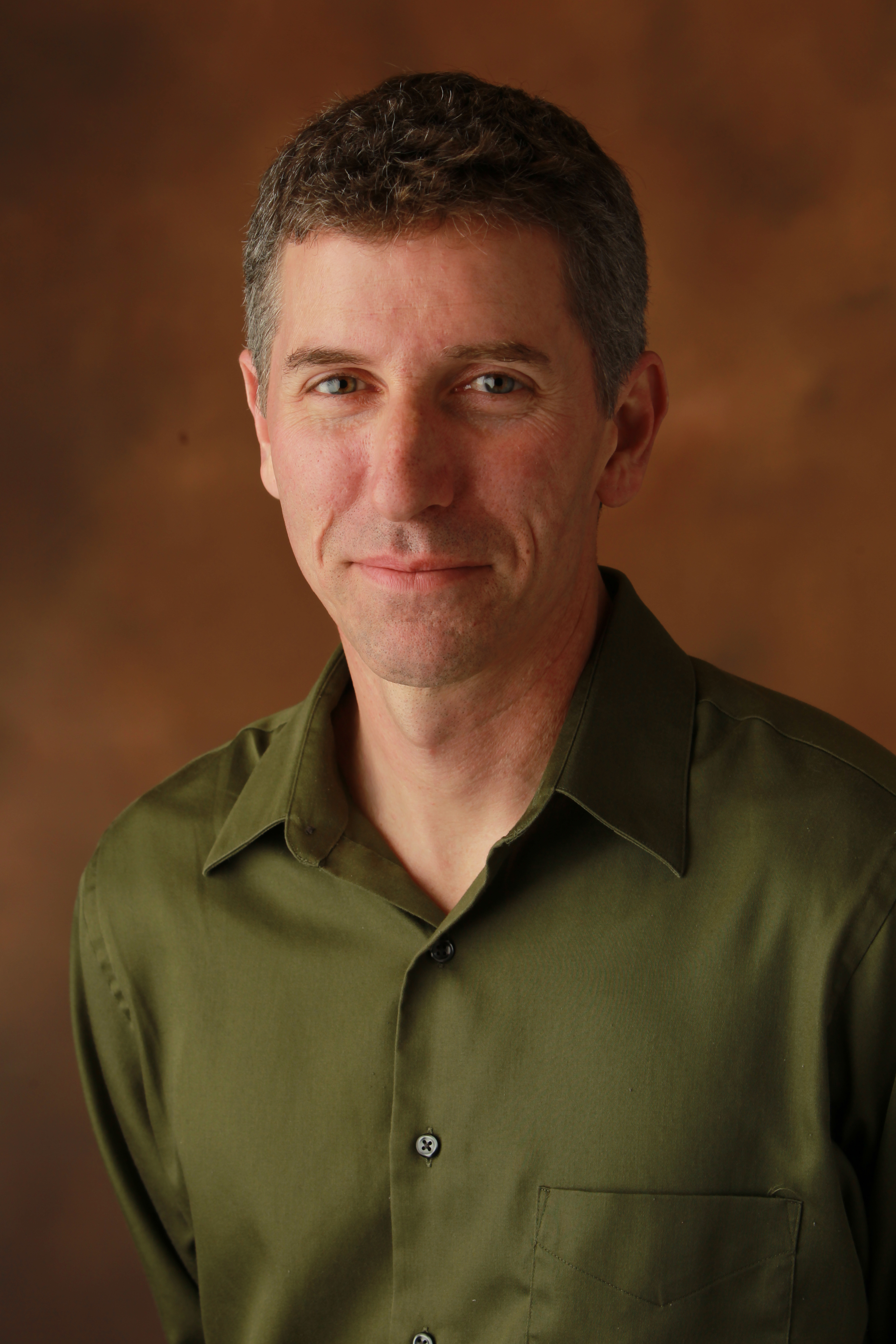Teaching Innovations at Vanderbilt: Joe Bandy and Accessibility and Inclusivity in an Environmental Course
By Faith Rovenolt, CFT undergraduate intern
During Spring 2020, the Teaching Innovations at Vanderbilt blog series will highlight teaching innovations that CFT staff have implemented and evaluated in their own courses.
 Taught by Dr. Joe Bandy, SOC 3314: Environmental Inequality and Justice covers the history, ethics, and policies of environmental activism and how the burden of economic development disproportionately affects certain communities; the course lies at the intersection of social inequality and environmentalism. Bandy ultimately hopes students come away with the skills to work with people who come from communities unlike theirs to make the world a better place. As the course explicitly examines various identities, from race to class to gender, Bandy has worked to increase the inclusivity and accessibility of the course.
Taught by Dr. Joe Bandy, SOC 3314: Environmental Inequality and Justice covers the history, ethics, and policies of environmental activism and how the burden of economic development disproportionately affects certain communities; the course lies at the intersection of social inequality and environmentalism. Bandy ultimately hopes students come away with the skills to work with people who come from communities unlike theirs to make the world a better place. As the course explicitly examines various identities, from race to class to gender, Bandy has worked to increase the inclusivity and accessibility of the course.
Some of Bandy’s efforts include:
- Having a diversity of voices in the class material to represent various identities and perspectives
- Variety in class materials such as readings, films, music, and other media forms to engage with students in a variety of ways
- Student autonomy in assignment topics and format—students are allowed to pursue topics relevant or passionate for them in podcasts, essays, video projects, and more
- An environmental autobiography assignment where students reflect on their own environmental identity to aid self-reflection when interacting with people and material from different backgrounds
- Collaborative class note taking and sharing via Google Docs
For many courses, the number one accommodation thing that instructors can do or that is requested of them is to provide class notes by recruiting note-takers. Bandy sets up a google doc for each week and shares it with the class. He will often put into the doc an agenda for each class so students know what they’ll be doing that day. At the beginning of each class, Bandy asks for a volunteer to take notes for the class. Other students are also free to add to the doc during or after class. Bandy also tailors discussion to student interests by pulling questions students have from assigned Brightspace posts and adding them to the doc to guide the class. He will also sometime clarify points or questions via the google doc as well and insert links, song lyrics, and other material from that day’s class for students to access. The google doc is projected during class so other students can see what’s being added and follow along.
There are several advantages to this. First, students for whom having a copy of class notes is important for their inclusion in the class now have a robust resource to use. For all of the students in the class, it serves as a record of each class that they can refer back to or use as a source later. Additionally, it can reduce the distraction of technology and the stress of notetaking. Since students know that at least one person each class is taking notes, they may not feel the need to also have their laptops out to take notes, which can lead to distractions like online shopping and social media. It also means for students that find it hard to both take notes and be engaged in the class, they can now commit themselves to connecting with the class material, knowing that the notes will be there when they need them. For students who enjoy taking notes, find it aids their learning, or want to be a part of making their class more accessible, they have the opportunity to volunteer. I would also imagine this has the added benefit of helping to create a class community and spirit of collaboration. It creates a tangible document in testament to the students’ collective effort and learning where students can directly and indirectly interact.
Bandy has so far had no problem with getting volunteers to take notes. In a thirty person class, he finds that usually eight to ten students take turns taking notes. Bandy does find that students appreciate the shared notes and it certainly mirrors Bandy’s larger class objectives to give students the skills to actively and collaboratively engage in their learning for the betterment of their and others’ communities. In the future, Bandy may specifically coach on best note-taking practices to help prepare students in general and aid those who volunteer. Many people do similar things, with Bandy crediting Jonathan Rattner in Cinema and Media Arts to introducing him to this technique.

Leave a Response